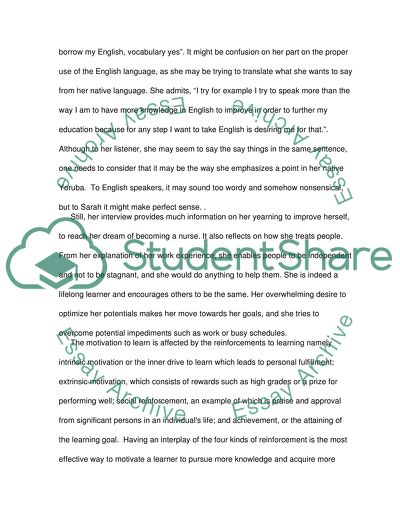Cite this document
(“Investigating a Case Study of a Literacy Learner Essay”, n.d.)
Retrieved from https://studentshare.org/english/1472582-a-case-study-of-a-literacy-learner-investigating
Retrieved from https://studentshare.org/english/1472582-a-case-study-of-a-literacy-learner-investigating
(Investigating a Case Study of a Literacy Learner Essay)
https://studentshare.org/english/1472582-a-case-study-of-a-literacy-learner-investigating.
https://studentshare.org/english/1472582-a-case-study-of-a-literacy-learner-investigating.
“Investigating a Case Study of a Literacy Learner Essay”, n.d. https://studentshare.org/english/1472582-a-case-study-of-a-literacy-learner-investigating.


